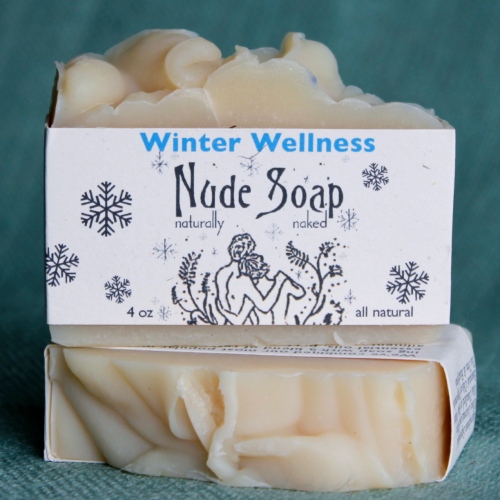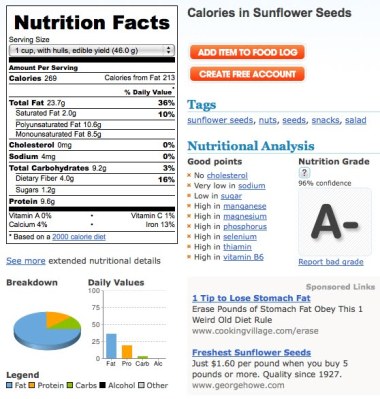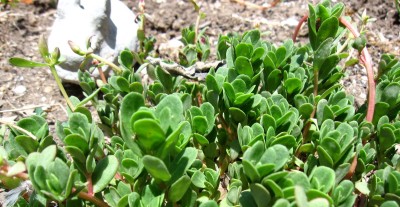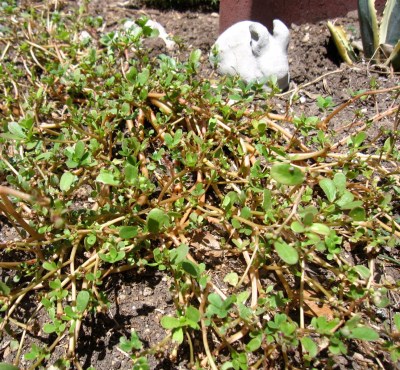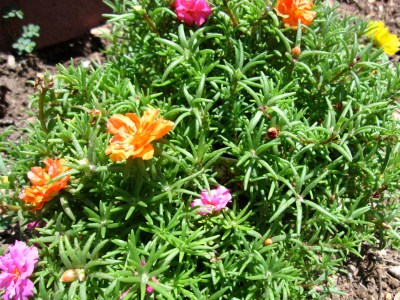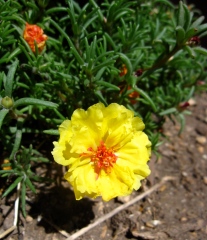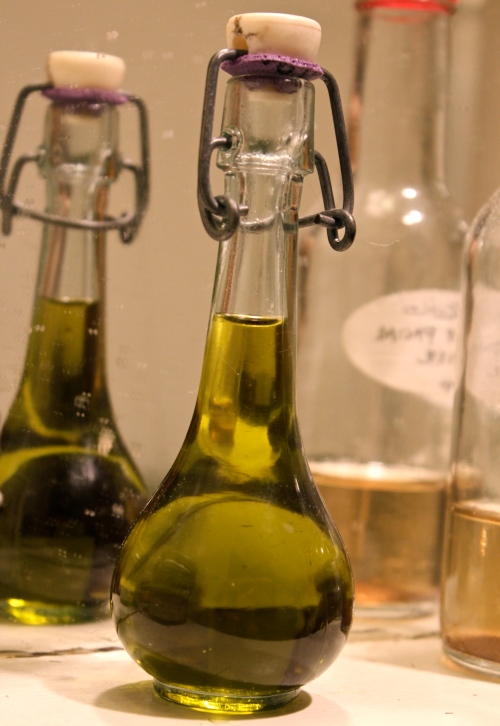Sunflowers: beautiful and unruly wildflowers of various heights, home to myriad beneficial insects, and fodder for sparrows and parrots alike. Every year i try and plant my favorite varieties of sunflowers, and every year my efforts are thwarted by the native flowers: multi branched yellow plants with small seed heads. That’s fine, but i really do miss these gorgeous autumn colored beauties i grew at my last house – or the hug mammoth sunflowers with heads big enough for human consumption. Nonetheless, the ones that grow are beautiful homes for millions of baby assassin bugs and snacks for the local sparrows and occasional monk parakeets that wander through my neighborhood. They do get unruly though, and this year are rittled with what i believe are saltmarsh caterpillars – nasty black worms that become nasty white fuzzy worms and eat up the leaves, or fall on me when i’m chopping down mature plants. Gross.
Millions of assassin bug babies!
My sunflowers grow along the sidewalk, so instead of letting them all go to seed i have to pull some out (or chop them down: those roots are hard to up end) to maintain at least a LITTLE pedestrian sanity. I toss the mature plants into the back for the chickens to peck at, and the seeds invariably spread about for next year’s crop: it just gets bigger and bigger every year!
The native flowers take over the field!
My husband used to have a dirty habit of chewing tobacco, which i am very proud to say he kicked and has been free and clear for over 4 years! But as most oral fixation type addictions go, it’s nice to have a replacement habit for distraction: his is sunflower seeds. I love it because it means there’s always a little ‘road snack’ in his car when we go for drives. I was never able to master the art of ‘insert seed, open seed with tongue, extract seed and swallow, spit out shell without spitting all the other seeds all over your lap.’ But i’ve finally done it!
Be sure and avoid highly flavored commercial sunflower seeds – MSG ALERT! Go for the all natural roasted seeds with salt. The ones in shell take a long time to consume so chances are you won’t overdo the fat. But seeds are seeds: high in fat and protein, so consider them a part of your daily caloric intake, not just a mindless snack. Sunflower seeds are super high in Vitamin E and B:
Sunflower seeds are an excellent source of vitamin E, the body’s primary fat-soluble antioxidant. Vitamin E travels throughout the body neutralizing free radicals that would otherwise damage fat-containing structures and molecules, such as cell membranes, brain cells, and cholesterol. By protecting these cellular and molecular components, vitamin E has significant anti-inflammatory effects that result in the reduction of symptoms in asthma, osteoarthritis, and rheumatoid arthritis, conditions where free radicals and inflammation play a big role. Vitamin E has also been shown to reduce the risk of colon cancer, help decrease the severity and frequency of hot flashes in women going through menopause, and help reduce the development of diabetic complications. -WHFoods
I use sunflower seeds in my pesto instead of pine nuts – a great healthier alternative with a yummy, nutty taste. As always the World’s Healthiest Foods has some really great and enlightening information on sunflower seeds – they’re not just baseball watching snacks, they have some really wonderful health promoting attributes. That website is always worth reading to add to your knowledge base on the foods you eat.
Here is the caloric breakdown:
Again, sunflower seeds should be treated as a fat with protein – a great addition to the top of a salad, a much better alternative to easily face-stuffed chips for road trip snacks, and a wonderful addition to homemade veggie burgers, pesto, meatloaf or granola bars. I tried to dry my own mammoth sunflower heads to roast, but the humidity of my garage got the best of me. My mother dries her on the plant by wrapping the head with gauzy tule fabric to keep the birds out. I prefer to just buy my seeds already roasted (laziness) and leave my homegrown seeds to the birds.
Do you grow seeds for personal snacking?

